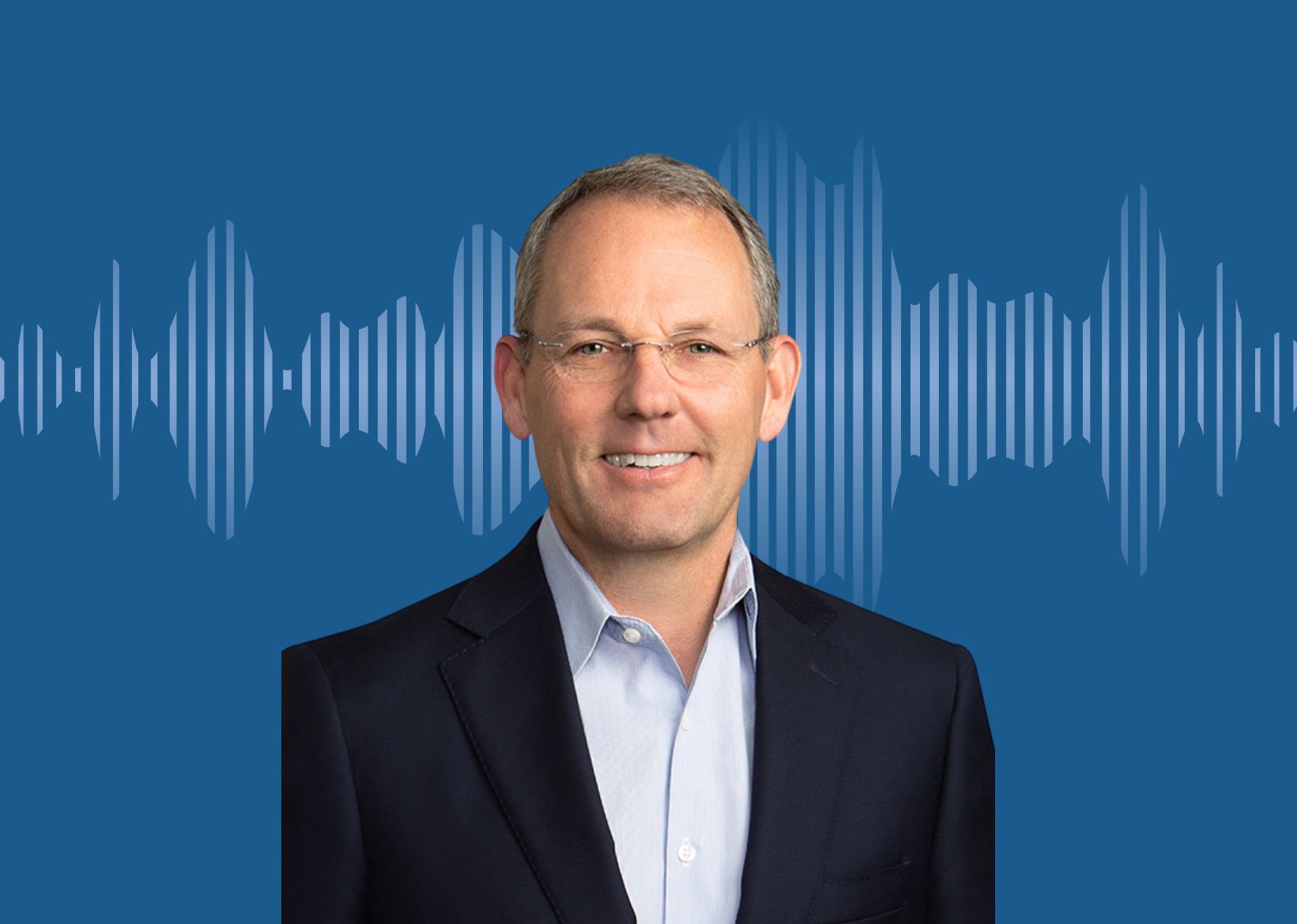Chris Wallis, CEO and CIO at Vaughan Nelson, examines the disparities between the US and ex-US markets and expectations stemming from CPI numbers.
February 28, 2024
Lightly edited transcript
Dan: Welcome to the Vaughan Nelson Podcast. With me today is CEO and CIO, Chris Wallis. Welcome Chris.
Chris Wallis: It’s great to be here, Dan.
Dan: All right, Chris, we’re really chugging along here with the markets. We started to begin to see some global equity markets hitting the all-time highs. Most notably, we’ve seen Japan, a handful of Western European countries. A question, do you think this is indicative of investors beginning to move away from the US because it’s become overvalued? Or if I said this another way, do you think that the valuation gap between the US and non-US has become overly stretched?
Chris Wallis: Yeah, it’s interesting. If you look at the underlying data, the valuation disparity between large and small in any geography or US and rest of the world on geography, it would look like there’s big valuation gaps. And that’s simply not the case. That when you really get in and look at the underlying securities and the valuations, the disparities that exist are justified based on the underlying rate of growth and rate of profitability and return on capital of the individual securities.
So the market has done a good job of allocating capital and determining who deserves higher and lower multiples. And so I don’t think it’s indicative of a rotation out of expensive securities into less expensive securities. I think what it’s reflecting is the rest of the world is coming to the end of its economic malaise. The industrial recession that’s lasted for many quarters is coming to an end in the US, and it’s coming to an end outside of the US. Every major central bank has ramped up liquidity over the last couple of quarters and it’s finally starting to hit the market.
So I think it’s more reflection of improvement in fundamentals and an increase in liquidity and less to do with valuation disparity. And the one thing I want to highlight is we’re leaving a period where it was easy just to compare US to rest of world or emerging markets to developed or large to small. And I really think we got to get away from those type of comparisons. And it gets back to what we’ve said is that, look, the world is still out of balance and there’s great opportunities in every sector, in every asset class and every region. You’ve just got to be very specific about what you’re investing in and get away from some of the style box orientation of reallocation and you can see it.
I mean, you look at our global SMID strategy last year, it’s North American allocation outperformed the S&P 500 by several hundred basis points and it’s not large cap tech, right? There’s really good opportunities across the board. You’ve just got to take a more targeted approach to it. And that’s why we’ve said I think active is going to continue to outpace passive until we get to and get through the rebalancing. We’re going to see more of that this year is inflation expectations change and yield curves change and cost of capital changes. It’s going to remain dynamic for a while.
Dan: Another question, CPI data that’s coming out later this week. Any expectations, anything that you think that is potentially disruptive and particularly on the heels of what you just described?
Chris Wallis: Look, I think the US Fed is the window to be able to rely on the data to cut rates is rapidly closing. I mean, we really have economic weakness in Q1 right now, and we’ll have a little bit in Q2. Then it gets stronger and base effects within the CPI calculation are going to start working against them. So look, we’ve gotten a little bit hotter inflationary prints recently. It’s not just a US phenomenon. This is happening in all over the globe ex-China, and it’s going to continue to simmer through the end of the year.
So I’m not expecting any significant surprises one way or the other, but I’m not expecting it to decline dramatically unless there’s some nuance within some of the calculations. Inflation’s going to firm, it’s going to be 3% ish in and around there, plus or minus a little bit. And we’re already starting to see it start to simmer such that when we get into Q4 of this year, there’s that chance it’s going to be moving higher. So I don’t think there’s going to be anything incredibly disruptive.
Fed’s going to cut rates. They need to cut rates. They’ll get it down four or four and a half percent. I think what may surprise people is if they wait too long and they’re doing it in an accelerating economic environment, when inflationary pressures are firming, you may actually see the long end of the yield curve move higher Anytime it’s poked up, the US 10 years poked up over 5%, it sends Janet Yellen into a bit of a panic. So it promises to be interesting for sure.
Dan: Good. All right, well we got a pretty quick one today. Not too much action happening out there, but good to have you. Thanks for your thoughts and we’ll see you real soon. You bet.
Chris Wallis: Sounds good, Dan.
The views, information, and/or opinions expressed during this podcast are solely those of the individuals involved and do not necessarily represent those of Vaughn Nelson and its employees. Vaughn Nelson does not verify and assumes no responsibility for the accuracy of any of the information contained in the podcast.
The primary purpose of the information, opinions, and thoughts presented in this podcast is to educate and inform. This podcast or any podcast in the series does not constitute professional investment advice or services, and any reliance on the information provided is done at your own risk. Past performance is not an indication of future performance.
By accessing this podcast, you acknowledge that the entire contents of this podcast are the property of Vaughn Nelson or used by Vaughn Nelson with permission and are protected under US copyright and trademark laws. Securities discussed within this podcast may be held in the Vaughn Nelson strategies.
Also find us on
This information is provided for general information purposes only and does not take into account the investment objectives, financial situation or needs of any person. Investors Mutual Limited (AFSL 229988) is the issuer and responsible entity of the Vaughan Nelson Global Equity SMID Fund and the Vaughan Nelson Global Equity SMID Fund (Quoted Managed Fund) (‘Funds’). Vaughan Nelson Investment Management, L.P. is the investment manager.
This information should not be relied upon in determining whether to invest in the Funds and is not a recommendation to buy, sell or hold any financial product, security or other instrument. In deciding whether to acquire or continue to hold an investment in the Funds, an investor should consider the current Product Disclosure Statement and Target Market Determination for the appropriate class of the Fund, available on the website www.VaughanNelson.com.au or by contacting us on 1300 219 207.
Stay up to date
with Vaughan Nelson
Register to receive regular performance updates and regular insights from the Vaughan Nelson investment team, featured in the Natixis Investment Managers Expert Collective newsletter.
Vaughan Nelson Investment Management marketing in Australia is distributed by Natixis Investment Managers, a related entity. Your subscriber details are being collected on behalf of Vaughan Nelson Investment Management, and Investors Mutual Limited (the RE for Fund) by Natixis Investment Managers Australia. Please refer to our Privacy Policy. Natixis Investment Managers Australia Pty Limited (ABN 60 088 786 289) (AFSL No. 246830) is authorised to provide financial services to wholesale clients and to provide only general financial product advice to retail clients.




